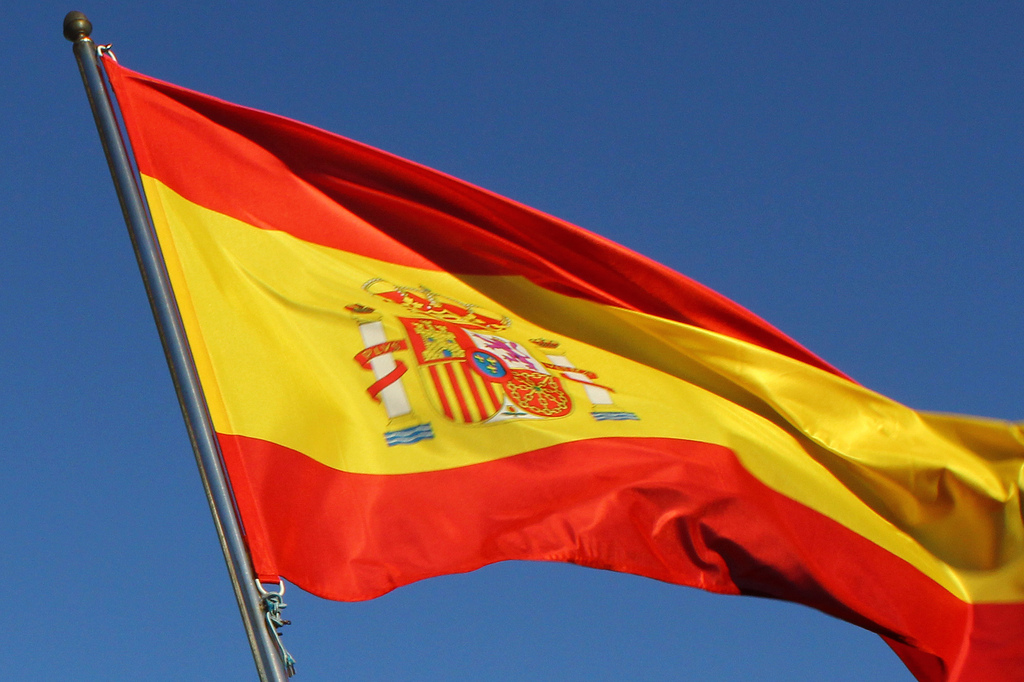from pv magazine Spain
Crowd numbers at solar events and conferences in Spain have given ample evidence of the high hopes for solar in the country this year, with Spanish solar association UNEF’s El Foro Solar event in November and a gathering organized by tracker company Soltec in February drawing big crowds. Add in the fact that this year’s Genera renewables fair was dominated by PV, and it's undeniable that Spanish solar is promising.
Solar Market Parity Spain – the first conference organized by Dutch events company Solarplaza in the country in nine years – is up next, and has been generating buzz for weeks.
In June, Spanish consultancy Creara said that the market parity point for solar – when the cost of generating wholesale electricity for consumption on-site is the same as for conventional sources – is already a commercial reality in Germany, Chile, Spain and Italy. In fact, Creara said the market parity point was reached in Germany and Italy years ago. The consultancy added that Spain reached that pivotal point last year, while Chile made the transition recently, after a rise in electricity prices.
Regulation
However, grid parity alone does not guarantee a stable market, which requires suitable regulations that can overcome technical and financial hurdles. The mechanism chosen by the Spanish government to generate a domestic solar renaissance is an auctions-based tender process. It is a form of procurement that has its detractors, who point out how the aggressively low electricity prices that result from auctions can drive down attractiveness for investors. But in a few short months, Spain has gone from building its first subsidy-free PV plants to being “the hottest PPA market in the world”, with 2 GW of solar capacity installed so far.
In tandem with the rise of subsidy-free solar, public and political support for renewables is stronger than ever. UNEF director-general José Donoso said during the Genera show that there is little for solar to fear from next month’s Spanish elections, as the country has three “protective shields”: the European Commission’s renewable energy directive, the unquestionable competitiveness of solar and overwhelming public support. “Society would no longer accept a step back,” Donoso said.
On top of that is recognition by established power companies that solar offers a compelling business case, as oil and gas majors scramble to acquire PV businesses.
Electricity sector transformation
Spain’s Integrated National Energy and Climate Plan aims for at least a 42% share of renewables in the energy mix by 2030. Under the plan, the electrical system must generate at least 74% of electricity from renewables by 2030 and all of it by 2050.
If Spain’s objective of installing 3 GW of solar capacity per year up to 2030 is met, the country could be the second- or third-biggest PV market in the world — an enticing prospect for international investors.
To hit that ambitious target, a profound transformation of the electricity sector is needed. There is currently a lack of clarity about the Royal Decree on Access and Connection, which relates to access to power distribution networks. And although utility Red Eléctrica de España is a reference model for how to integrate renewables at the moment, interconnection bottlenecks could still be an issue if such massive volumes of PV power are plugged in as rapidly as planned.
The planning of new networks has to adapt to growth in demand and absorb a lot of new capacity. In addition to adapting to the needs of renewables, transparency in the award of connection points is critical.
Electrification across sectors
Renewables will also need backup technology to compensate for their intermittent nature. According to Spanish energy forecaster AleaSoft, to retire 15 GW of conventional power it is necessary to install 69 GW of renewable power capacity, ensuring investment in storage is urgently required. The marginal cost involved with using the network as back-up for renewables is expensive and the higher it is, the more competitive batteries will become. However, storage technologies could take five to ten years to become mainstream in Spain.
Finally, electricity barely amounts to a quarter of total energy use in Spain. To hit climate change targets it is necessary to electrify other sectors – such as space cooling and heating and mobility – and strengthen energy efficiency.
Spanish homes have the potential to save more than 27% on energy bills, according to the Naturgy Energy Efficiency Index study carried out since 2004. Boosting electric vehicle adoption could prove beneficial for the integration of renewables into the grid. From January to October 2018, sales of electric and hybrid vehicles represented 6.4% of the automobile sales in Spain, far behind diesel (36.6%) or gasoline (57.1%) sales, according to figures published by the Spanish Association of Automobile and Truck Manufacturers.
pv magazine’s Pilar Sánchez Molina will participate in the Solar Market Parity conference by moderating the Vision of the future: Spain in 2030 session, with Joan Groizard, Javier Izcúe Elizalde and Santiago Estrada.
This content is protected by copyright and may not be reused. If you want to cooperate with us and would like to reuse some of our content, please contact: editors@pv-magazine.com.



“According to Spanish energy forecaster AleaSoft, to retire 15 GW of conventional power it is necessary to install 69 GW of renewable power capacity..” How can this possibly be true? Say coal and gas get say 70% CFs. Wind gets about 30% and solar about 20%. So about 40 GW of a mixture should do the job – plus more backup of course.
I have yet to hear of Spanish plans for more pumped storage; the same goes for France. One likely reason for caution may be that many of the best mountain valleys are in Catalonia and the Basque Country, where the inevitable NIMBY opposition could fuel separatism. However, there are plenty of non-secessionist sierras elsewhere.